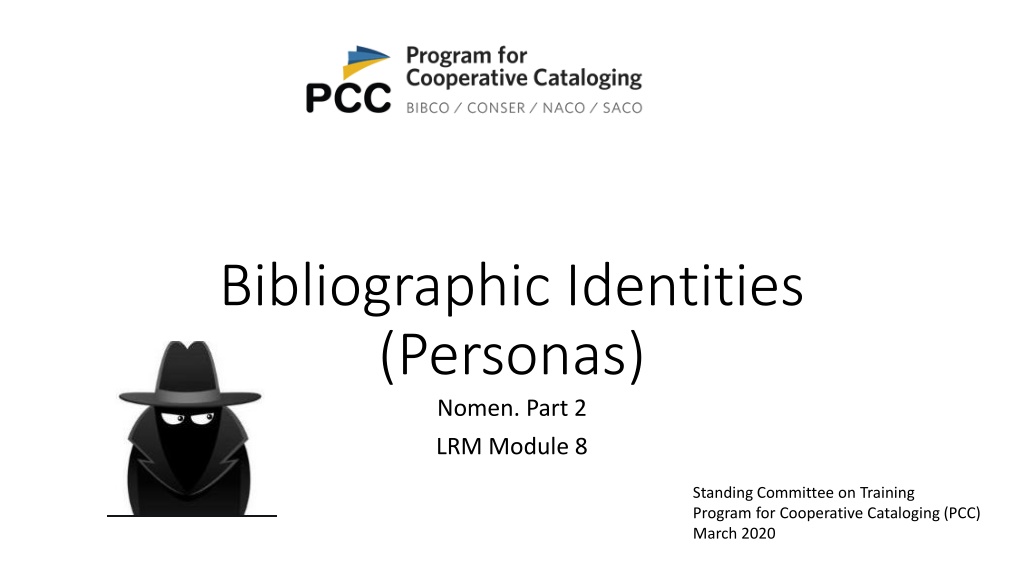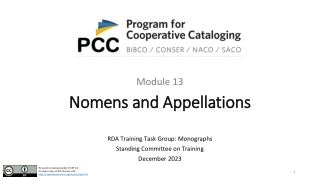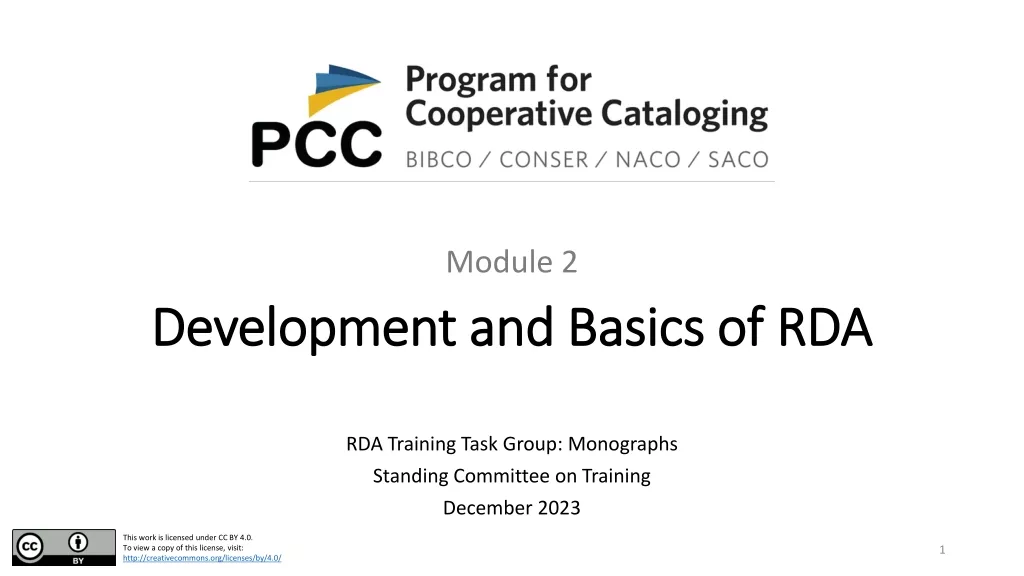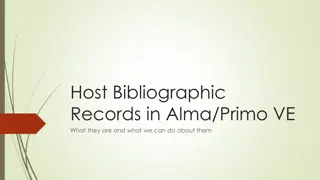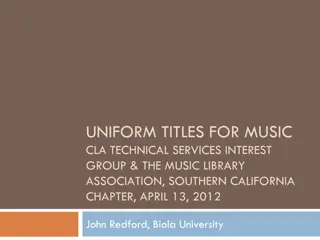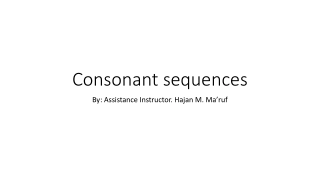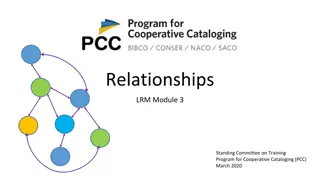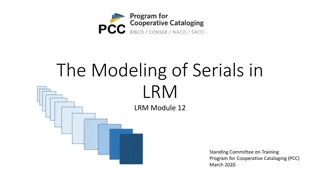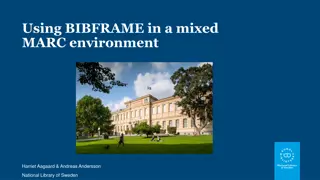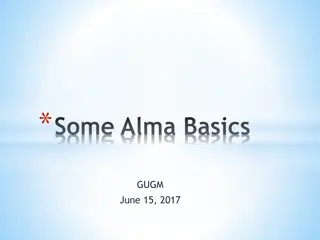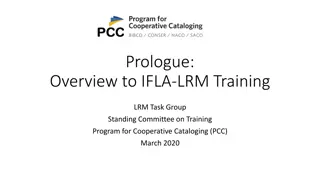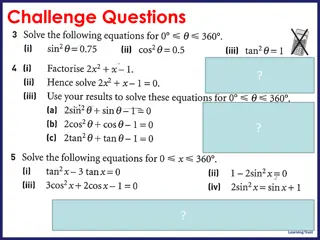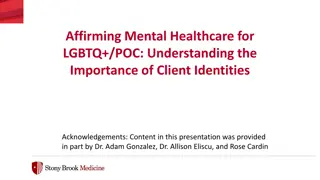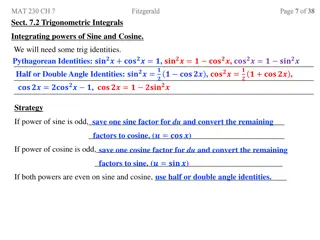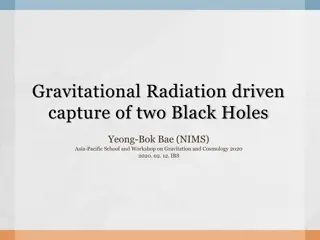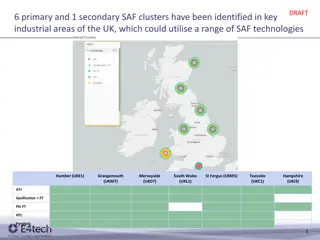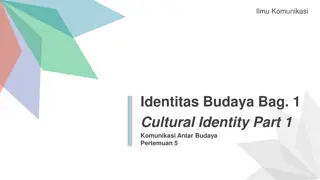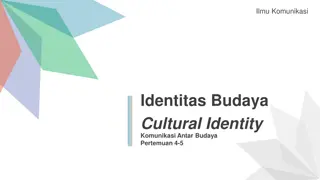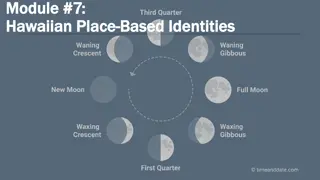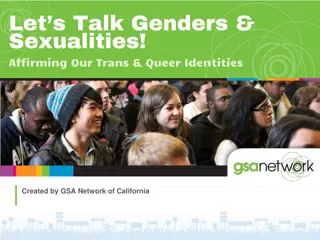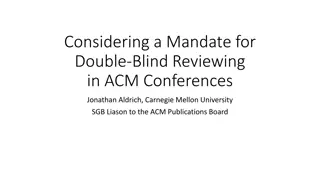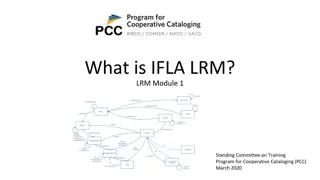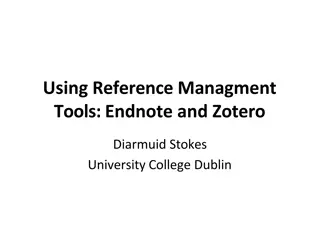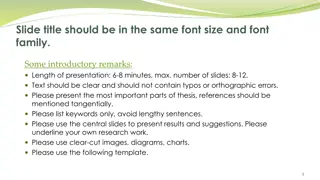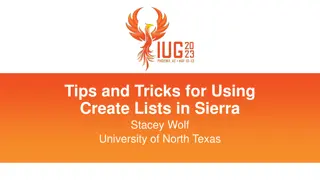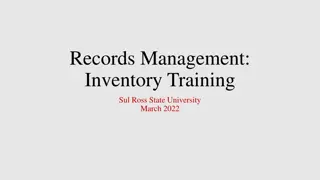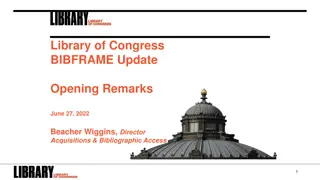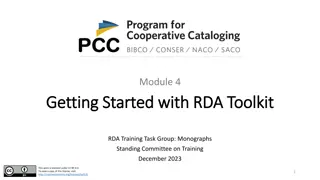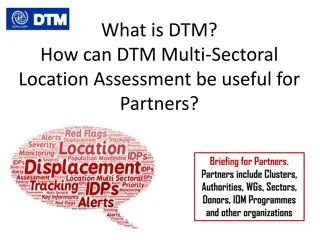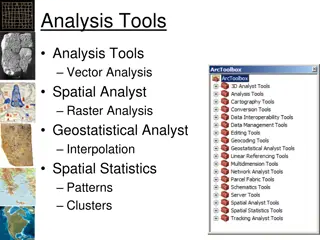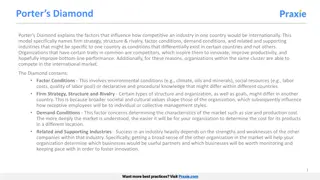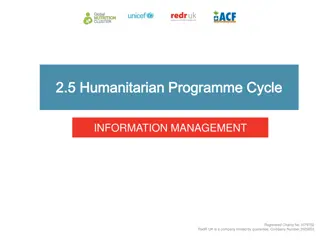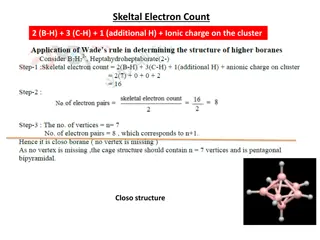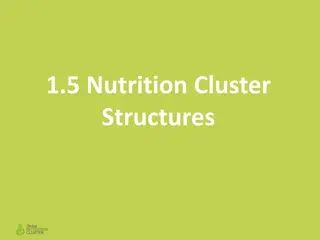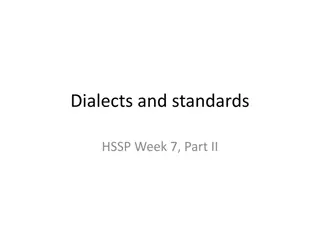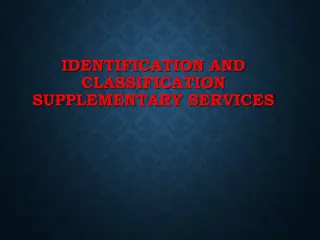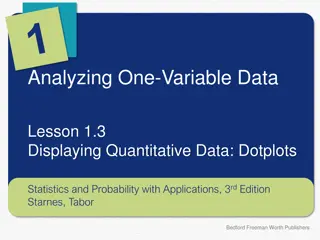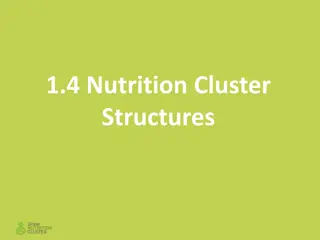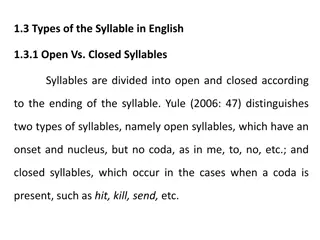Understanding Bibliographic Identities and Nomen Clusters in Cataloging
Explore the concept of bibliographic identities, factors influencing the use of Nomens for individuals, and the relationship between Nomens and cataloging rules. Learn how one entity may have multiple Nomens and the significance of context in distinguishing between distinct bibliographic identities. Delve into Nomen clusters and their role in representing individuals in different contexts of use.
Download Presentation

Please find below an Image/Link to download the presentation.
The content on the website is provided AS IS for your information and personal use only. It may not be sold, licensed, or shared on other websites without obtaining consent from the author. Download presentation by click this link. If you encounter any issues during the download, it is possible that the publisher has removed the file from their server.
E N D
Presentation Transcript
Bibliographic Identities (Personas) Nomen. Part 2 LRM Module 8 Standing Committee on Training Program for Cooperative Cataloging (PCC) March 2020
Learning Outcomes On completing this module, you should understand: the concept of bibliographic identities factors governing the use of Nomens for Persons Nomen clusters basic relationships between Nomens and cataloguing rules 2
One Entity : Multiple Nomens In the previous module, we saw that an entity may have multiple Nomens based on language, script, or scheme. The relationship of an entity to a Nomen is one-to-many one entity, many possible Nomens. 3
Bibliographic Identities as Nomens But J.K. Rowling also writes under other names : Robert Galbraith, Newt Scamander, Kennilworthy Whisp). These are known as bibliographic identities or personas in LRM. The modelling of bibliographic identities makes use of the Nomen entity and the has appellation relationship, just as with varying forms of the same name. This diagram illustrates 2 Nomens for the entity J.K. Rowling in 2 different contexts of use: 1. J.K. Rowling, writer of the Harry Potter novels; 2. Robert Galbraith, writer of the Cormoran Strike detective novels. 4
Factors governing use of Nomens for Persons Persons generally have multiple Nomens [either variant or alternative names] The use of each Nomen may be governed by many factors, including the preference for certain Nomens in specific contexts [such as pseudonyms]. The context of use attribute of a Nomen is used to record those aspects that are deemed relevant in making the distinction between bibliographic identities that are recognized as distinct in a particular bibliographic environment. The relevant context may be simple to describe explicitly, or it may be inferred from multiple characteristics, e.g., the context of use can relate a Nomen (or Nomens) as being used by a person when publishing literary works, while another cluster of Nomens may be identified as those used by the same person when publishing scientific works the context of use may need to distinguish between Nomens used by a person in writing a series of novels about one imaginary world, and the other Nomens used by that person when writing another series of novels about a different imaginary world. 5
Nomen Clusters In the model, a bibliographic identity is a cluster of Nomens used by a person in the same bibliographically significant context or contexts. Example: * Rowling, J. K. J.K. Rowling , J. K. Joanne K. Rowling Context of Use: as Author of Harry Potter novels Galbraith, Robert Robert Galbraith Context of Use: as Author of Cormoran Strike detective novels * In these examples and hereafter, the Nomen string is used to represent the Nomen entity. 6
Context of Use in Cataloguing Rules Which kinds of differences in context of use trigger the recognition, and consequent specific handling, of distinct bibliographic identities, depend on the cataloguing rules or knowledge organization system Example: multiple pseudonyms for the same person may require multiple preferred access points in the cataloguing rules (e.g. RDA for the most part) multiple pseudonyms may require multiple preferred access points in the cataloguing rules, but only a single classification (mixed rules) other rules might ignore multiple pseudonyms and use only one preferred name in the rules with the others in the cluster being variants (e.g. pre-1988 AACR2) 8
Nomen Clusters & Name Authority Records According to some current cataloguing rules (e.g. RDA) name authority records are generally created for each distinct bibliographically significant Nomen cluster or identity 1 Nomen cluster 1 Authority record information about the instance of an entity referred to through the Nomen is generally also recorded in the authority record. e.g., birth date, birthplace, occupation When multiple, distinct Nomen clusters are known to be related to the same underlying instance of an entity, current practice may permit linking the authority records for those clusters that are in the same authority file. Currently done in NAF with the 500 field for persons 9
Nomen cluster created on basis of equivalent context of use (including strings and identifier (ISNI)) The cluster Nomen is generally equivalent to the authority record as we know it in RDA. Each Nomen would be assigned a specific category in that context (preferred access point, variant access point, identifier of type ISNI) 10
When we dont know everything In some real-life situations, the cataloguer may not know whether one cluster of Nomens is used by the same person as another distinct cluster of Nomens. Furthermore, the cataloguer may not know (and has no need to know) whether any of these Nomens is a form of the person s real, legal name or not. The lack of fuller knowledge means that the full set of possible relationships between these Nomen clusters cannot be recorded, but otherwise does not affect the provision of access to resources. In some cases, all the cataloguer may know with certainty is that a Nomen appears in a manifestation statement that attributes responsibility for some aspect of a work or expression. The wording of the statement may be consistent with the assumption that the agent is a person or may give another impression. The cataloguer s real-world knowledge will lead to the conclusion that since an expression of a work exists, then some actual agent (or several agents) was responsible for its creation, no matter how little information about those agents is available. 11
Summary An entity may have multiple Nomens based on language, script, or scheme Nomens may also represent alternate identities, pseudonyms, etc. Preference for particular Nomens may depend on the context of use attribute A bibliographic identity is a cluster of Nomens used by a person in the same bibliographically significant context or contexts Nomen clusters/bibliographic identities are near equivalents to the concept of authority records 12
